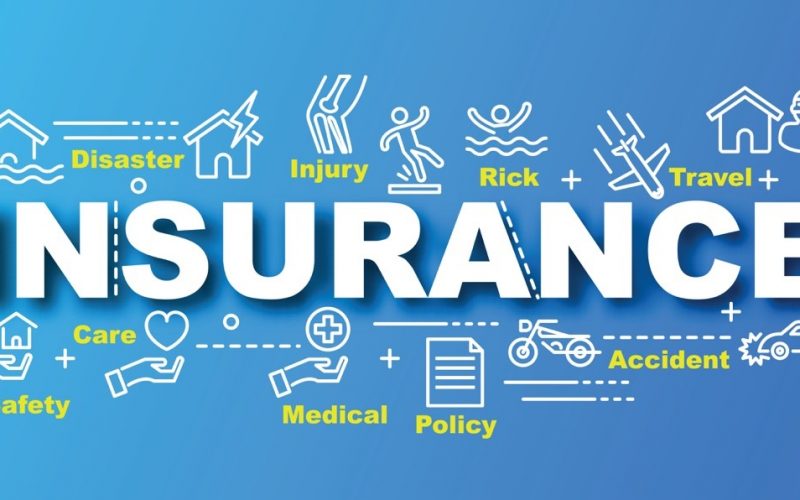Workers’ compensation claims and risk management are crucial aspects of insurance claims handling for businesses. Here are the fundamental steps involved in handling workers’ compensation claims and implementing effective risk management practices:
- Understand Workers’ Compensation Laws: Familiarize yourself with the workers’ compensation laws and regulations in your jurisdiction. Each jurisdiction has specific requirements regarding workers’ compensation coverage, reporting, and claims handling.
- Establish a Safety Program: Implement a comprehensive safety program designed to prevent workplace injuries and promote a safe working environment. This may include regular safety training, hazard assessments, safety protocols, and ongoing monitoring of workplace conditions.
- Promptly Report Injuries: Encourage employees to promptly report any workplace injuries or illnesses. Establish clear reporting procedures and ensure that employees are aware of their rights and responsibilities in reporting injuries. Prompt reporting allows for timely claims processing and investigation.
- Provide Medical Treatment: Ensure that injured employees receive prompt and appropriate medical treatment for their injuries. Establish relationships with preferred medical providers to facilitate seamless access to medical care. Prompt and adequate medical treatment can help minimize the severity of injuries and aid in the recovery process.
- Document the Incident: Thoroughly document the details of the workplace incident that led to the injury or illness. This documentation should include information such as the date, time, location, witnesses, and a description of the event. Detailed documentation is crucial for accurate claims handling and investigation.
- Report the Claim to the Insurer: Notify your workers’ compensation insurance carrier as soon as a workplace injury or illness occurs. Provide them with accurate and detailed information about the incident, the injured employee, and the nature of the injury or illness. Prompt reporting is crucial to comply with legal requirements and initiate the claims process.
- Investigate the Claim: Conduct a thorough investigation of the workplace incident to determine the cause, liability, and compensability of the claim. This may involve gathering statements from witnesses, reviewing relevant records, and working with claims adjusters or third-party investigators.
- Cooperate with Claims Adjusters: Work closely with the assigned claims adjuster to provide any requested information or documentation related to the claim. Maintain open lines of communication and promptly respond to inquiries to facilitate the claims handling process.
- Manage Return-to-Work Process: Implement a return-to-work program to facilitate the injured employee’s recovery and reintegration into the workforce. This may involve providing modified duties or accommodations, working with medical providers, and maintaining regular communication with the employee.
- Claim Evaluation and Settlement: The claims adjuster will evaluate the workers’ compensation claim based on the medical evidence, the employee’s disability status, and applicable laws. They will determine the appropriate benefits, such as medical expenses, wage replacement, and rehabilitation services. The adjuster may engage in settlement negotiations with the injured employee or their legal representative if needed.
- Ongoing Communication and Monitoring: Maintain ongoing communication with the injured employee throughout their recovery process. Monitor their progress and provide necessary support and resources. Regular communication can help facilitate a smooth claims process and aid in the employee’s successful return to work.
- Risk Management and Loss Control: Implement proactive risk management strategies to prevent workplace injuries and reduce the frequency and severity of claims. This may include ongoing safety training, regular inspections, hazard assessments, and implementing best practices in workplace safety.
By following these fundamental steps and implementing effective risk management practices, businesses can better handle workers’ compensation claims and create a safer work environment for their employees. It is also important to consult with legal and insurance professionals experienced in workers’ compensation to ensure compliance with applicable laws and regulations.
SHARE
